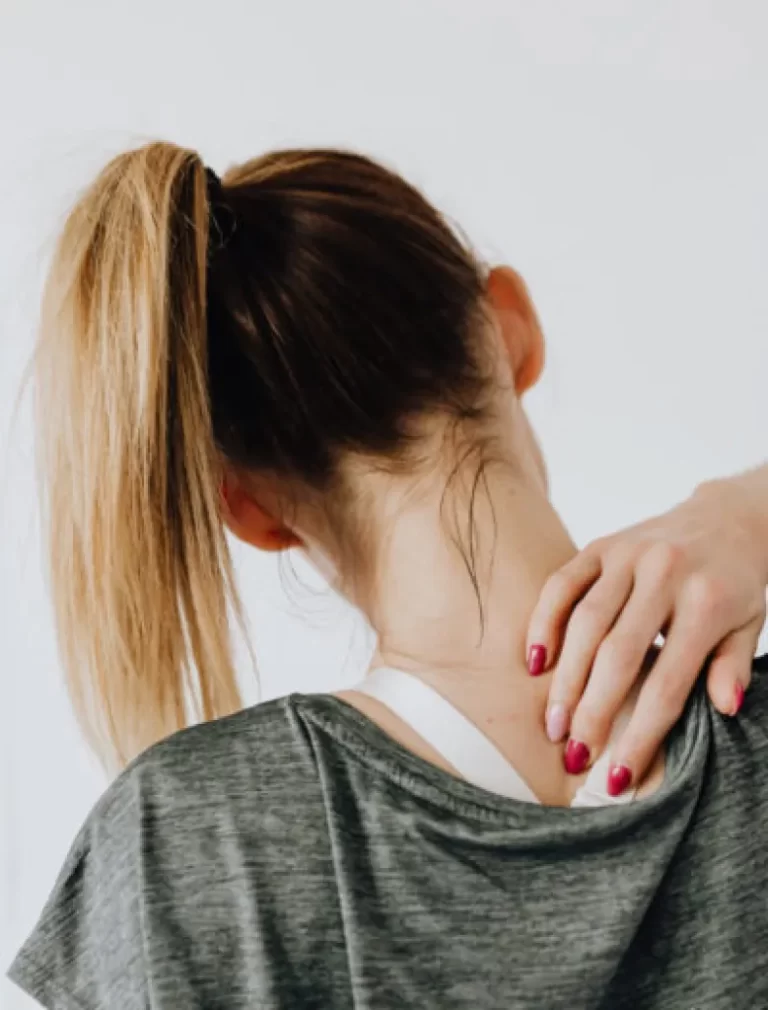Acupuncture for Chronic Pain

- Initial Evaluation Visit: $145
- Subsequent Visits: $95
- 10% Discount for Healthcare workers
- 10% Military Discount
- FSA/HSA accepted
- Superbills provided for insurance reimbursement
What can acupuncture help with?
Low Back Pain
Sciatica
Neck Pain
Shoulder Pain
Knee Pain
Elbow Pain
Heel Pain
Plantar Fasciitis
Chronic Injuries
Sports Injuries
Fibromyalgia
Migraines
How does it help?
Acupuncture uses hair-thin, sterile, single use needles in order to:
- Improve circulation by enhancing generation of nitric oxide. Nitric oxide is a vasodilator, meaning it relaxes the inner muscles of your blood vessels, increasing blood flow and regulating blood pressure.
- Release muscle tension and pain by stimulating and breaking up bands of bound muscle fibers called trigger points
- Relieve pain by producing endorphins, your body’s natural opioid-like peptides. Acupuncture has been shown to stimulate the release of enkephalin, beta-endorphin, endomorphin, and dynorphin, which together have an analgesic (pain relieving) effect similar to opioid drugs but without the side effects.
- Activate the parasympathetic nervous system , the body’s “rest and digest” state in which healing can occur. When our body is in a state of stress and our sympathetic nervous system or “fight or flight” mode is engaged, we instead experience increased muscle tension, blood pressure, and inflammation.
- Regulate the immune system by stimulating production of cytokines, T-cells, and B-cells
What the research says:
- A review of data on nearly 18,000 patients showed “firm evidence supporting acupuncture for the treatment of chronic pain”
- Acupuncture is more effective than medication for treatment of neck pain due to disc herniations
- The American College of Physicians strongly recommends acupuncture to treat low back pain
- MRI imaging shows acupuncture provides lasting relief for carpal tunnel syndrome
- A 2015 study showed acupuncture having a 70% cure rate for trigeminal neuralgia, as opposed to a 55% cure rate with the conventional pharmaceutical treatment, with fewer side effects
Schedule a free phone consultation to see if acupuncture is right for your chronic pain condition.
References
(1) Bakalar, N. (2017, March 2). Acupuncture Can Ease Wrist Pain of Carpal Tunnel Syndrome. The New York Times. https://www.nytimes.com/2017/03/02/well/live/acupuncture-can-ease-wrist-pain-of-carpal-tunnel-syndrome.html
(2) Qaseem, A., Wilt, T., McLean, R., & Forciea, M. (2017, April 4). Noninvasive Treatments for Acute, Subacute, and Chronic Low Back Pain. ACP Journals. https://www.acpjournals.org/action/cookieAbsent
(3) HealthCMi. (2020b, June 20). Acupuncture Reduces Trigeminal Neuralgia Pain. https://www.healthcmi.com/Acupuncture-Continuing-Education-News/1505-acupuncture-reduces-trigeminal-neuralgia-pain
(4) Tsuchiya M, Sato EF, Inoue M, Asada A. Acupuncture enhances generation of nitric oxide and increases local circulation. Anesth Analg. 2007;104(2):301-307. doi:10.1213/01.ane.0000230622.16367.fb
(5) Han JS. Acupuncture and endorphins. Neurosci Lett. 2004;361(1-3):258-261. doi:10.1016/j.neulet.2003.12.019
(6) Arai YC, Sakakima Y, Kawanishi J, et al. Auricular acupuncture at the “shenmen” and “point zero” points induced parasympathetic activation. Evid Based Complement Alternat Med. 2013;2013:945063. doi:10.1155/2013/945063
(7) Xu Y, Hong S, Zhao X, et al. Acupuncture Alleviates Rheumatoid Arthritis by Immune-Network Modulation. Am J Chin Med. 2018;46(5):997-1019. doi:10.1142/S0192415X18500520
